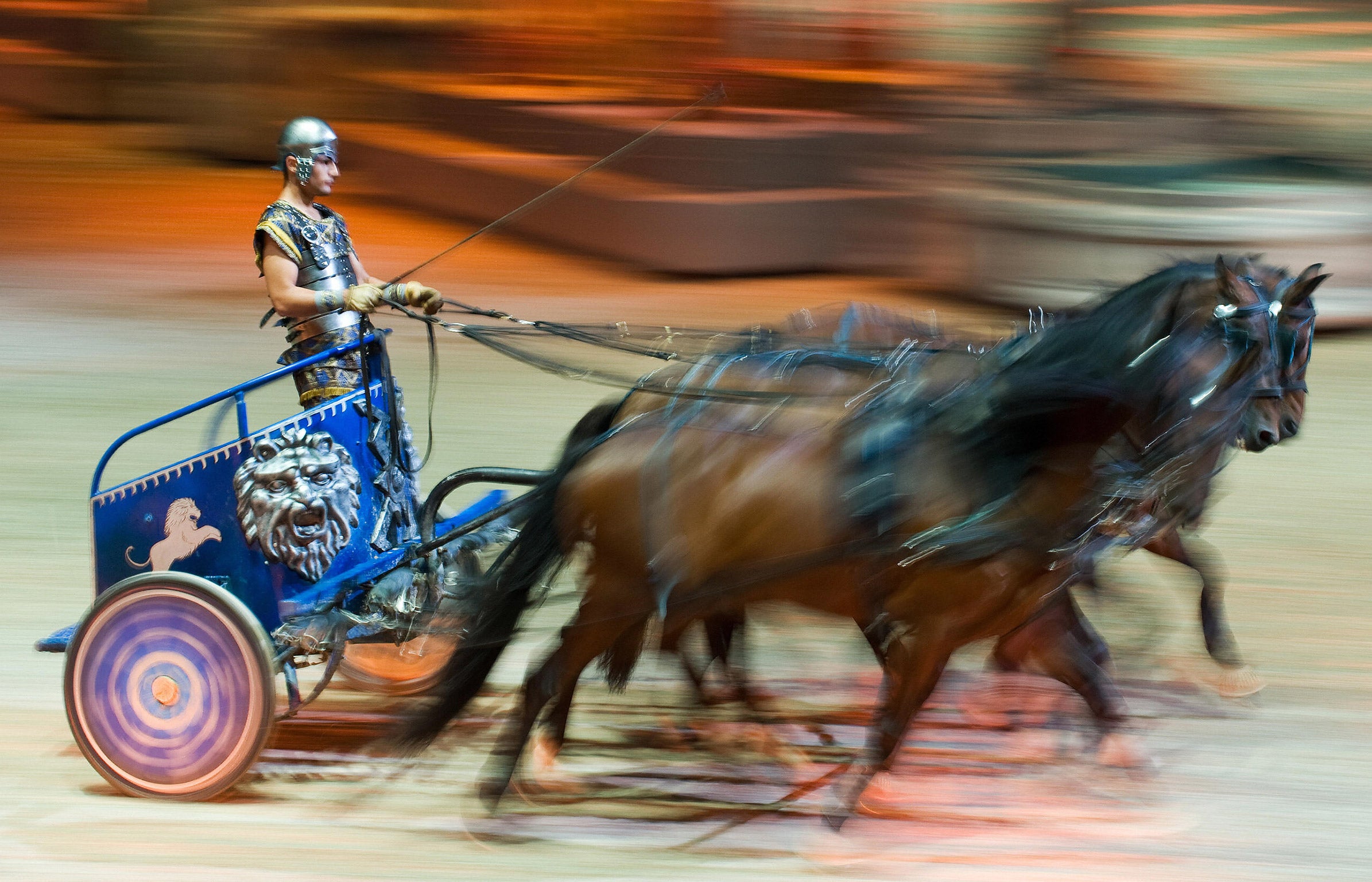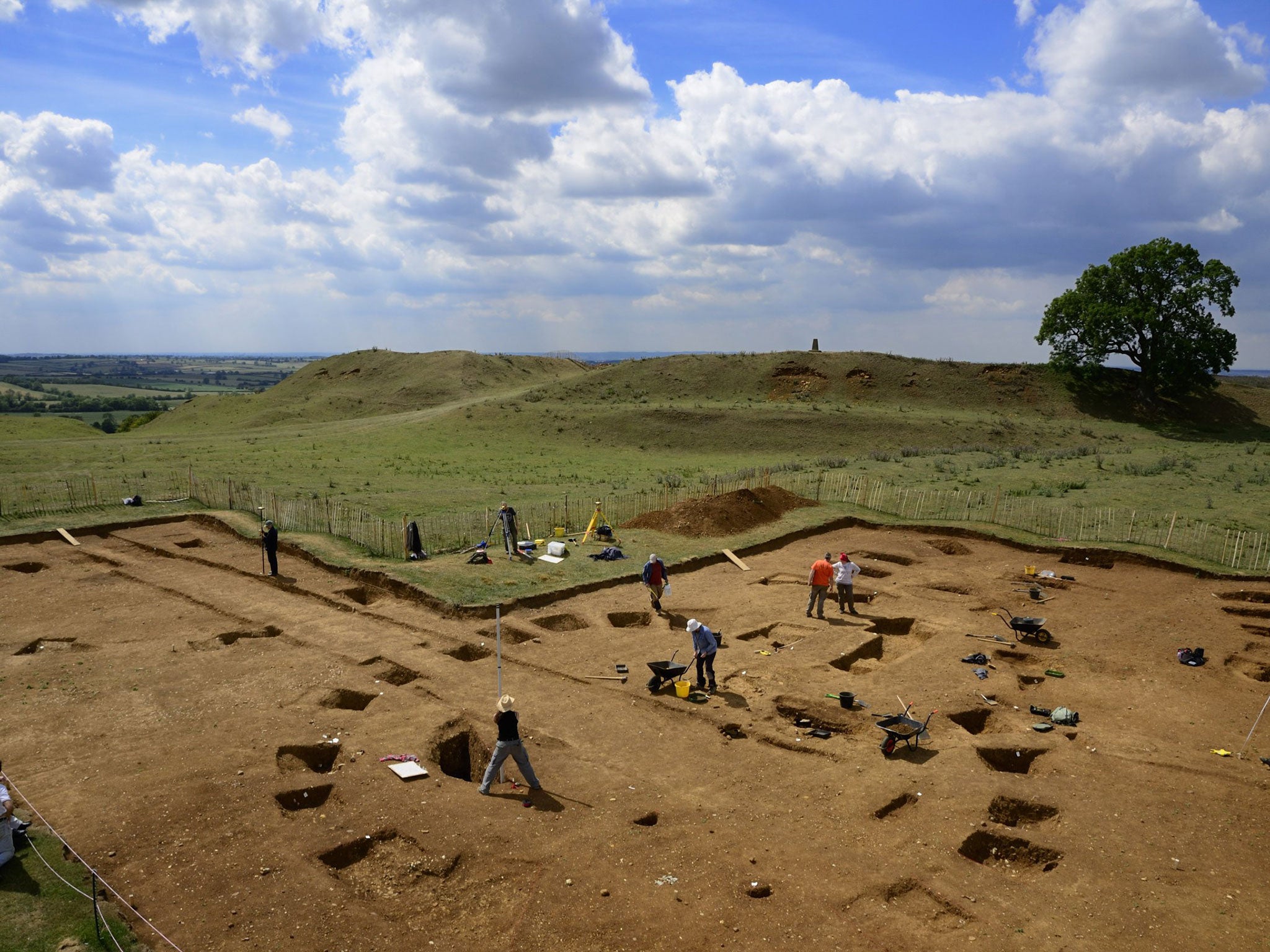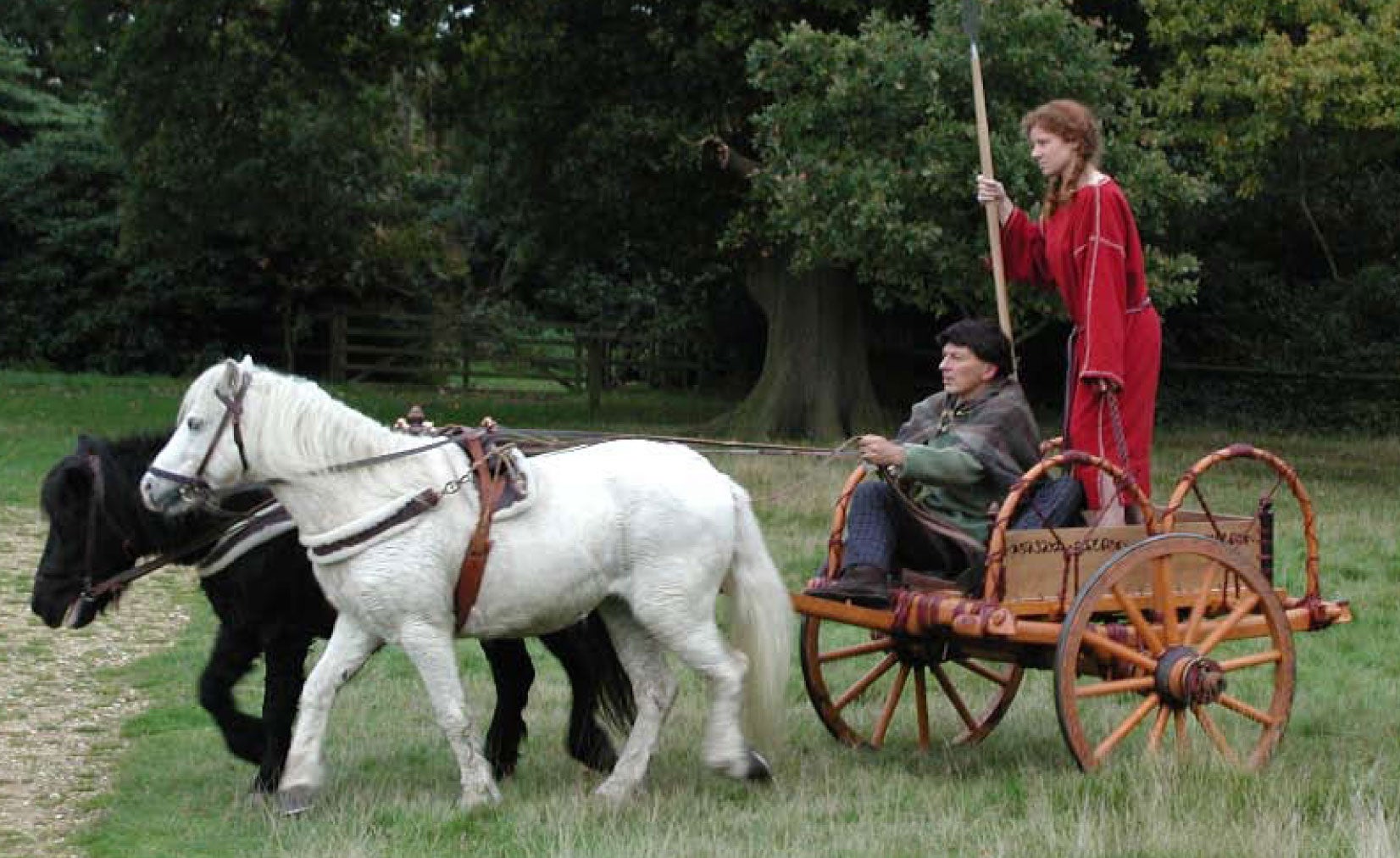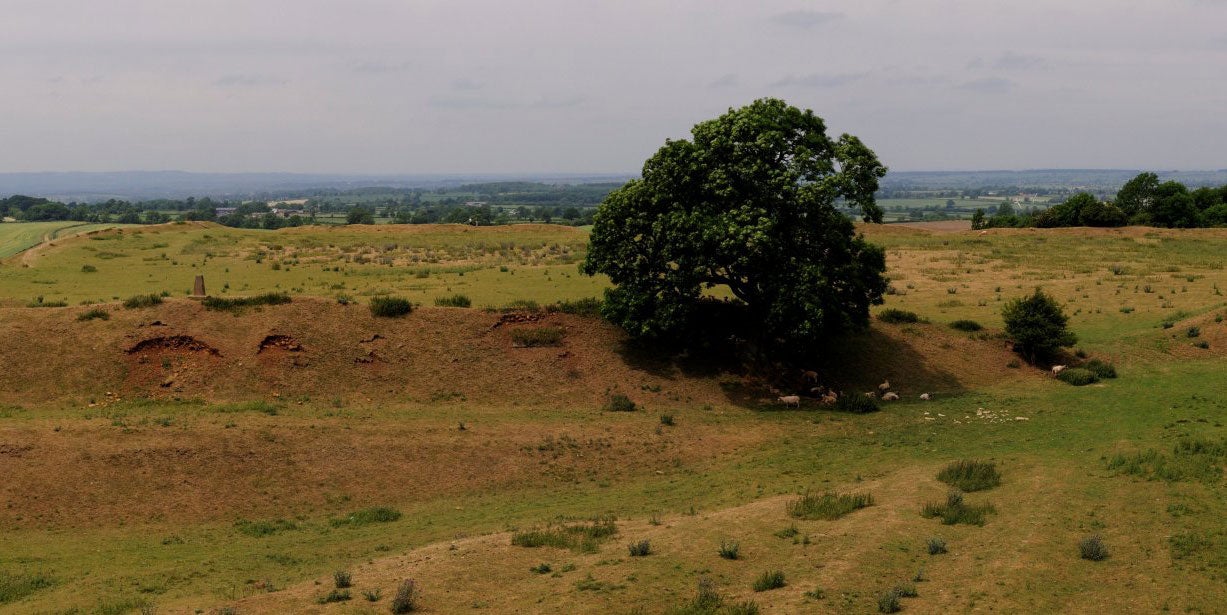Ancient boy-racers: Discovery of Iron Age chariot proves our ancestors loved a Sunday drive or two
Archaeological evidence suggests chariots were driven - and crashed - in ancient Britain in their thousands

Your support helps us to tell the story
From reproductive rights to climate change to Big Tech, The Independent is on the ground when the story is developing. Whether it's investigating the financials of Elon Musk's pro-Trump PAC or producing our latest documentary, 'The A Word', which shines a light on the American women fighting for reproductive rights, we know how important it is to parse out the facts from the messaging.
At such a critical moment in US history, we need reporters on the ground. Your donation allows us to keep sending journalists to speak to both sides of the story.
The Independent is trusted by Americans across the entire political spectrum. And unlike many other quality news outlets, we choose not to lock Americans out of our reporting and analysis with paywalls. We believe quality journalism should be available to everyone, paid for by those who can afford it.
Your support makes all the difference.Our addiction to cars – or at least nifty runabouts – may be more deeply rooted in the national character than we think.
Recent archaeological research has revealed how Iron Age Britons so loved their family chariots that sometimes they even donated them to the gods.
What’s more, other research suggests that the late prehistoric British countryside literally teemed with vehicles – and that chariot accidents were probably fairly common.
Iron Age belief that their deities would welcome chariot-related votive offerings has been revealed by ongoing excavations inside an ancient Celtic fortified small town near Melton Mowbray in Leicestershire.
University of Leicester archaeologists have discovered a set of chariot components which had been carefully packed in a fine wooden box and then sacrificed to the gods some 2,200 years ago.
The components included the two bronze-capped iron linchpins, which kept the wheels on; the two small bronze rings which kept the linchpins in place; the three slightly larger bronze rings through which the reins passed; nine other bronze fasteners, toggles and buckles used for the horse’s (or, more likely, pony’s) reins, bridle and straps; and four bronze-headed iron rivets from the chariot platform itself.

This precious box of chariot components was then placed in a specially dug pit, together with equipment designed either for cleaning and maintaining the pony or alternatively for skinning animals and cleaning their skins.
The whole assemblage was then covered with wheat chaff and firewood and ritually burnt.
During or immediately after this ritual burning, the tribespeople making the sacrifice held a small feast of mutton and probably pork – and made further, perhaps individual, votive offerings, throwing a pony’s cheek guard made of deer antler, a jet bead, a decorated bone pin, pottery and the bones and other detritus from the meal into the pit.
The archaeological evidence suggests that it was almost certainly a family event of some sort, perhaps to ask the gods’ blessing for a wedding or a birth or a journey about to be embarked upon. The entire ritual took place immediately adjacent to an ordinary family dwelling in the town – and archaeologists have found several other votive deposits adjacent to other such dwellings in the same settlement.

Interestingly, each of these offerings was different. One, for instance, consisted of three deliberately smashed quern-stones, while another was made up of iron agricultural tools. A particularly unusual one featured a human sacrifice, or at least human material utilized as a sacrifice: a human skull crushed under a quern-stone on top of which had been placed a solitary bronze brooch. All the votive offerings were found by the archaeologists during excavations at Burrough Hill fort, seven miles south of Melton Mowbray.
The burnt chariot components and tools deposit is the first such combination to be found in Britain – and is therefore of considerable archaeological importance.
“This is the most remarkable discovery of material we made at Burrough Hill in the five years we have worked on the site,” said Dr Jeremy Taylor, lecturer in Landscape Archaeology at the University’s School of Archaeology and Ancient History and co-director of the Burrough Hill excavation.
It is probable that the chariot components from Burrough Hill came from, or were originally made for, a simple one pony chariot – although it is possible that it may have been designed for two animals. Normally, chariots are only found in graves – and less than a dozen have ever been discovered in the UK.

However, other evidence suggests that Iron Age trackways, and the late prehistoric countryside in general, were probably awash with speeding chariots, with a top speed of around 20mph.
Julius Caesar, writing after his invasion of Britain in 54BC, described how in a single battle the British, in what is now south-east England, deployed 4,000 chariots. Even if that was an exaggeration on Caesar’s part, it certainly suggests that, throughout Britain, there must have been literally tens of thousands of chariots at any one time, and probably hundreds of thousands in aggregate over the latter half of the Iron Age - around 300BC to roughly 50AD.
Significantly, metal detectorists have discovered bits of Iron Age chariots scattered over much of Britain. Around 600 chariot bronze and iron rein-rings have been found over the decades, two thirds of which have been discovered by amateur metal detectorists over the past 20 years.
Perhaps even more significantly, well over a hundred chariot wheel linchpins have also been found scattered across Britain – some 80 per cent by metal detectorists over the past two decades.
Whereas the loss of a rein-ring would have compromised a charioteer’s ability to drive his chariot, the loss of a linchpin would have been decidedly more hazardous. Without its linchpin, the affected wheel would have spun off the vehicle, the chariot itself would have hit the ground with a thud and the charioteer would probably have been injured.
“Iron Age chariots probably didn’t have any safety features – so chariot accidents would potentially have been quite dangerous,” said the British Museum’s top Iron Age specialist, Dr Julia Farley.
Although British Iron Age chariots were ordinary workaday multi-purpose vehicles, used for transport, warfare, possibly racing and no doubt also just for fun, great care seems to have been taken to make them look attractive and, no doubt, fashionable. Like today’s cars, their manufacturers and owners liked them to look as shiny and smart as possible. Visible components were often made of bronze rather than iron or at least capped with bronze. Archaeology is once again showing that technology inevitably changes across the millennia – but much of the human psyche certainly doesn’t.
Join our commenting forum
Join thought-provoking conversations, follow other Independent readers and see their replies
Comments